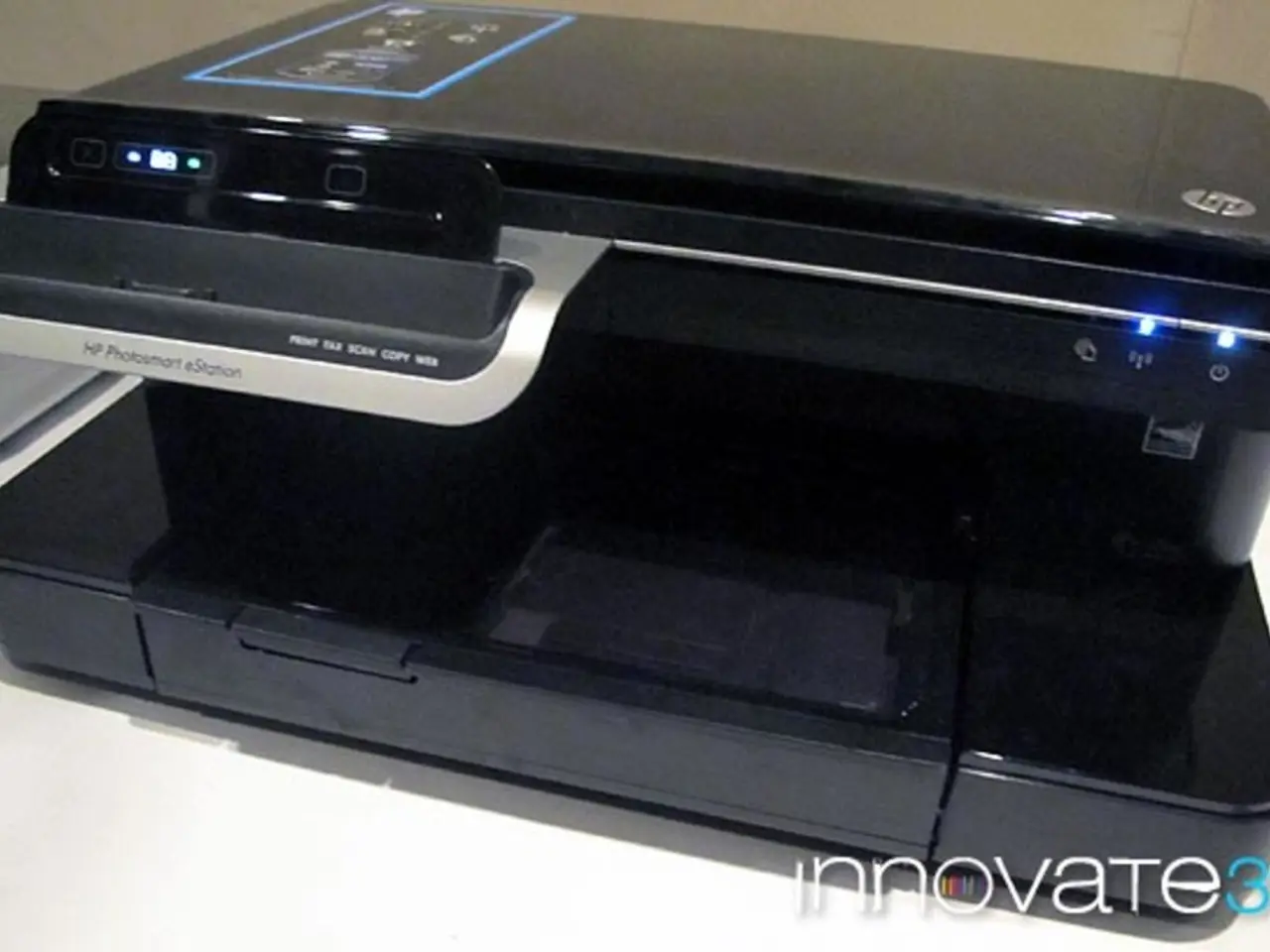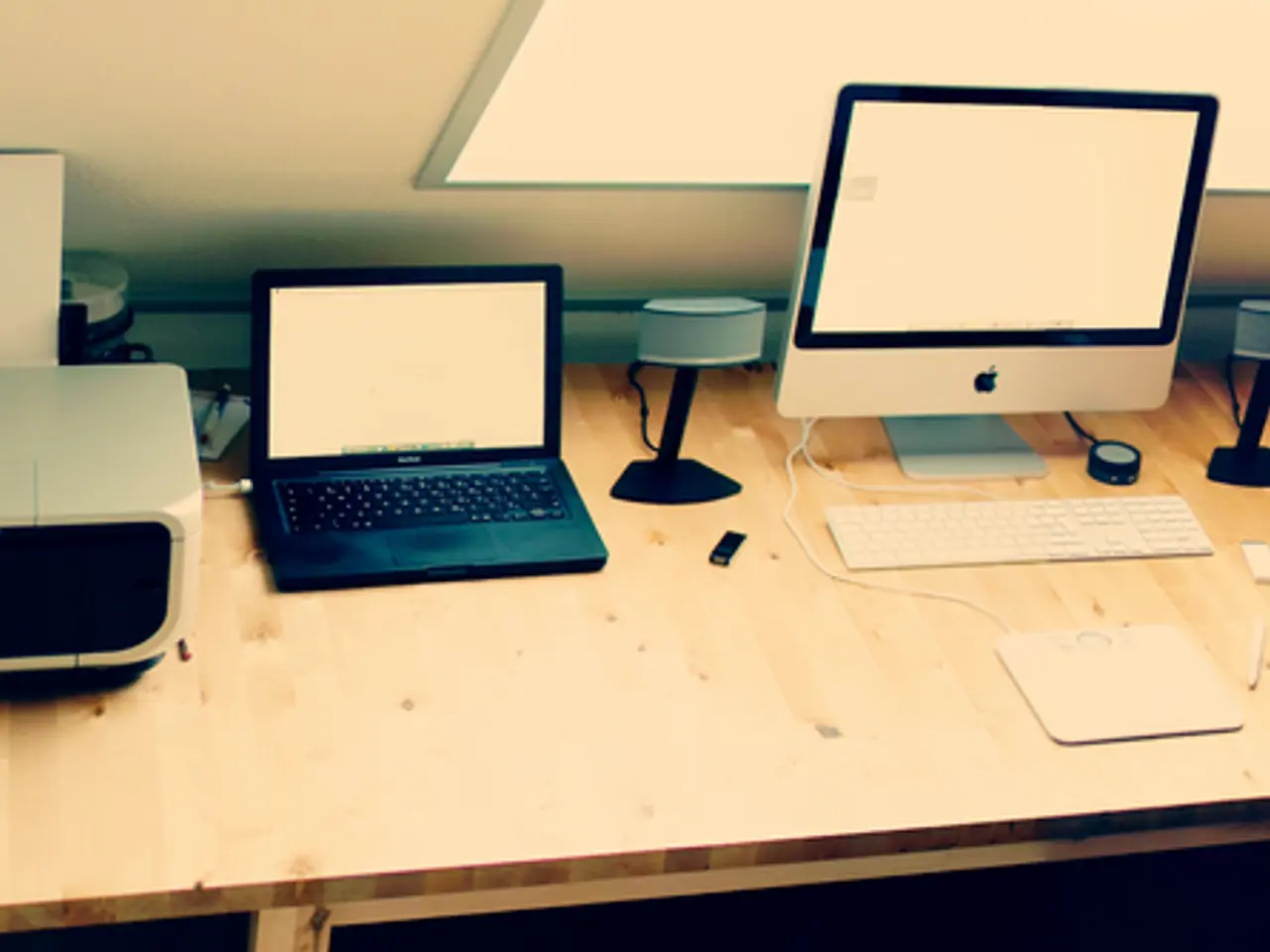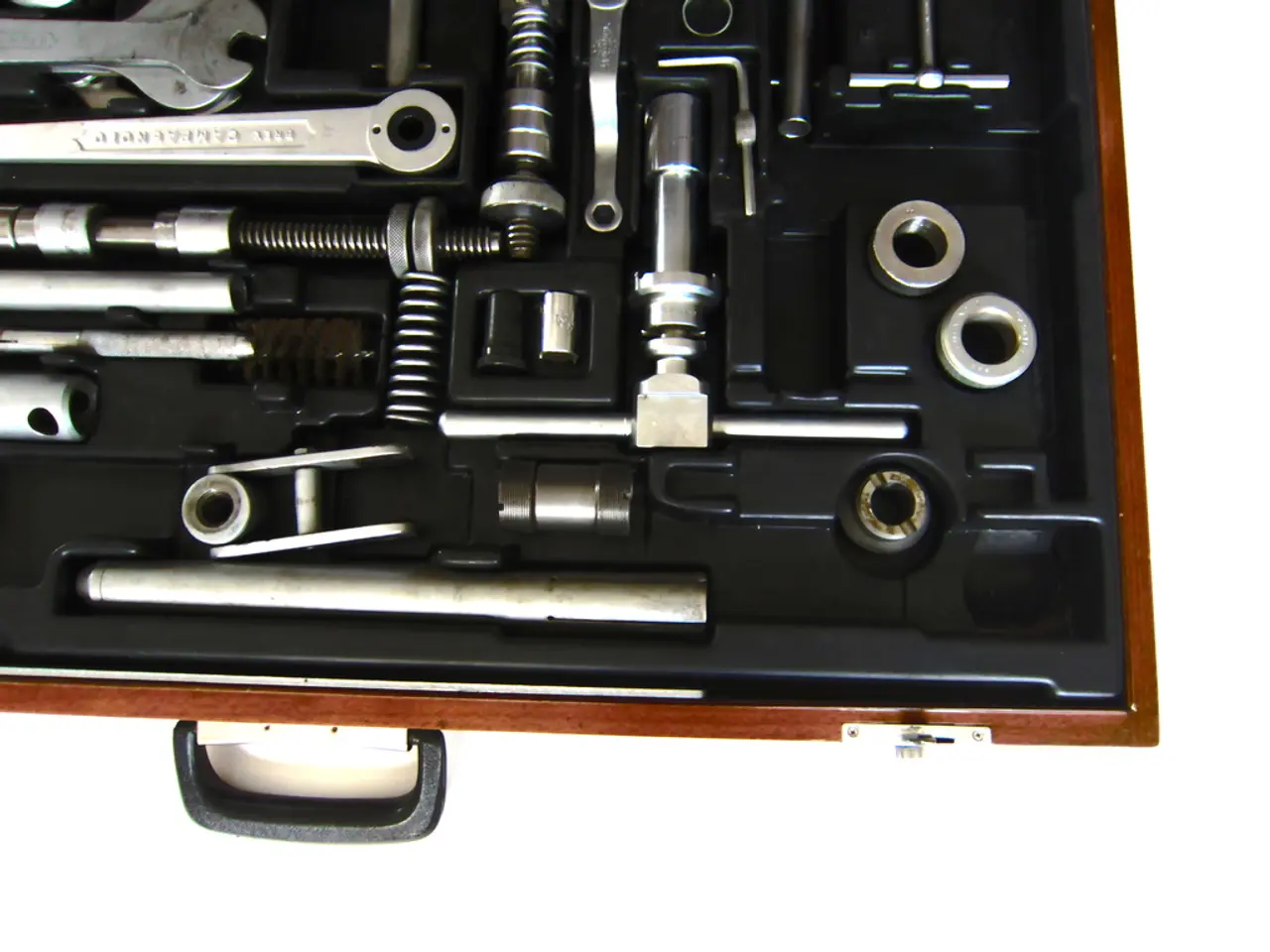Impact of 3D Printing on the Economic Landscape
In the foreseeable future, the widespread adoption of 3D printing is poised to bring about a significant shift in various sectors, from workforce requirements to economic efficiency and industry practices.
Workforce Implications
The advent of 3D printing and other advanced manufacturing technologies, such as robotics and AI, is set to transform the manufacturing workforce rather than eliminate it outright. By 2030, the U.S. is projected to face a shortage of 2.1 million skilled manufacturing workers [1][2]. This shortfall, however, will demand new skill sets, including proficiency in computer-aided design (CAD), machine learning, and operation of automated machinery. This shift underscores the importance of retraining and education to create adaptable workers capable of managing novel additive manufacturing processes [1][2].
Automation enabled by 3D printing is also expected to decrease reliance on manual labor, particularly in construction, leading to reduced labor costs. However, this shift will alter the workforce composition by lessening demand for traditional labor-intensive roles. Workers will need to focus on higher-order skills like problem-solving, decision-making, and innovation to thrive in more automated environments [3][4].
Economic Implications
3D printing promises to boost productivity and customization while reducing waste, raw materials, and time-to-market, directly benefiting economic efficiency in multiple industries [2][3][5]. However, there could be an economic gap if the workforce does not upskill adequately to meet changing technology demands, potentially leaving many manufacturing jobs unfilled and constraining growth [1].
The ability to produce low-volume, customized products quickly could foster new business models and markets, enhancing competition but also disrupting traditional mass production and supply chains [2][5].
Industry Implications
In manufacturing, 3D printing enables rapid prototyping and efficient production of complex, customized parts, accelerating innovation cycles and increasing responsiveness to customer needs [2]. The construction industry is undergoing a revolution with concrete and mortar 3D printing, enabling faster, more precise, and environmentally friendly building methods, pushing the boundaries of architectural design and reducing construction timelines [3].
Across sectors, 3D printing supports on-demand production models and decentralization of manufacturing, possibly reshaping supply chains and global trade patterns [2][5].
A New Era of Manufacturing
The integration of 3D printing into mass production could secure a bright future for the manufacturing industry, enhancing talents and making jobs more fulfilling. The potential of 3D printers extends to various sectors, including art galleries and hospitals. Companies such as A.L.B watches and Imaginarium Toys are already using 3D printing in their production process.
Stereolithography, the first example of 3D printing, was invented by engineer Chuck Hull in the 1980s. Initially, it was difficult and expensive to implement on a large scale, but as technology advances, 3D printers are becoming more affordable and innovative. Staples stocks the affordable ST3Di Pro 200 3D Printer in Europe, and customers can print their own designs through Staples' new website.
3D printing is being considered for small-run jewelry and customer-aided design. Hiring and training workers to produce parts is expected to be costlier than investing in 3D printers in the long run. The potential of 3D printing even extends to the military.
Experts predict that as 3D printers become more affordable and innovative, they could lead to a significant workforce reduction in manufacturing. Michigan Technological University is overseeing the production of the Recyclebot using 3D printers, demonstrating the technology's potential for sustainability and environmental conservation.
In conclusion, the widespread adoption of 3D printing points towards a future of increased automation and efficiency but also requires significant workforce adaptation through education and training to avoid labor shortages and fully realize economic benefits. It will enable industries to become more agile, customized, and sustainable, while fundamentally transforming traditional production and employment landscapes. An article on Bloomberg suggests a focus on processes instead of products for 3D printing, emphasizing its potential for revolutionizing various sectors and reshaping the global economy.
- The integration of 3D printing technology into various sectors, such as manufacturing, construction, and healthcare, is set to lessen demand for manual labor due to increased automation, while simultaneously necessitating the development of novel skill sets in design and operation of automated machinery to adapt to evolving production methods.
- The widespread adoption of 3D printing has the potential to result in a significant workforce reduction in manufacturing, as advanced technologies like 3D printers become more affordable and innovative, transforming traditional workforce requirements and calling for greater emphasis on education and training to ensure a skilled workforce capable of managing this new technology.




